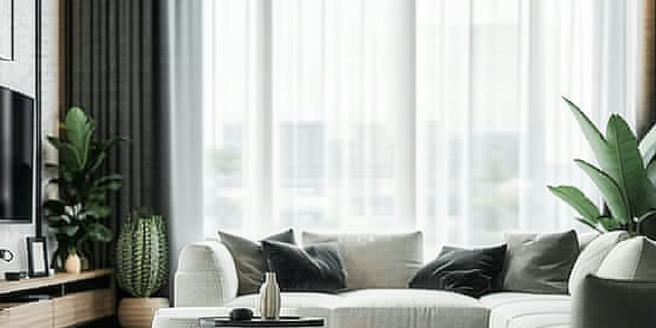Property Staging Advice

Understanding the Basics of Property Staging
Property staging is the art of preparing a home for sale by enhancing its aesthetic appeal to attract potential buyers. The fundamentals of staging include decluttering, cleaning, and strategically arranging furniture to showcase the space effectively. The goal is to create an inviting atmosphere that allows buyers to envision themselves in the home. By using neutral colors and modern decor, sellers can appeal to the widest audience possible. Quality staging can also lead to higher offers and a faster sale, as it highlights the property’s strengths and minimizes its weaknesses. Ultimately, staging is about making the property market-ready and ensuring it stands out in the competitive real estate market. Understanding these key principles can greatly impact the selling experience, bringing more interest and better financial returns.
How to Choose the Right Decor for Your Target Audience
Selecting the appropriate decor for property staging is crucial in resonating with your target audience. Consider the demographic likely to be interested in your property—whether they are young professionals, families, or retirees—and choose decor that aligns with their tastes and lifestyle preferences. Neutral tones often appeal to a broader audience, but subtle pops of color can be added to create interest. It’s essential to avoid overly personalized items, such as family photos or eccentric art pieces, as these can deter potential buyers. Instead, opt for contemporary, universally appealing accessories like vases, lamps, and art. By tailoring your decor choices to match your target market, you can create an inviting environment that will speak directly to the type of buyer you aim to attract, ultimately enhancing the property’s marketability.
Maximizing Space: Tips for Small and Large Properties
Maximizing space is a critical element of property staging, whether dealing with a compact apartment or a sprawling home. For smaller properties, choose multi-functional furniture like sofa beds or extendable dining tables, which saves space and enhances usability. Mirrors can be strategically placed to create the illusion of a larger area by reflecting light. In larger properties, it’s vital to arrange furniture in a way that defines each space without cluttering. Use area rugs to delineate different zones and ensure furniture is to scale with room dimensions. Decluttering and organization are essential in both settings to highlight the available space truly. Effective space utilization helps potential buyers to envisage how they can use the space, thus adding to the property’s appeal. By focusing on these aspects, you can present any space in its best possible light.
The Role of Lighting in Effective Property Staging
Lighting plays a pivotal role in property staging, as it can transform the ambiance of a space and highlight key features. Natural light is a significant asset; hence, it is advisable to pull back curtains and use mirrors to reflect sunlight. Complement natural light with strategic artificial lighting, which can be achieved through layered lighting techniques involving ambient, task, and accent lighting. Choose modern and stylish light fixtures that suit the overall decor theme, and ensure that all bulbs are in working order before showings. Additionally, adjustable lighting a well-lit room is more inviting and can create a warm atmosphere, making it easier for potential buyers to picture themselves living there. Effectively using lighting can create a warm and engaging environment that captures the attention of potential buyers, enhancing the overall staging effect.
Budget-Friendly Staging Tips for New Homeowners
Staging doesn’t have to break the bank. New homeowners looking to stage on a budget can achieve impressive results with a few smart strategies. Start with deep cleaning and decluttering, as a tidy home provides a clean canvas that requires no cost. Use furniture and decor you already own, and consider rearranging them to make the space feel fresh. Adding a few strategically placed potted plants can also make a significant impact without spending much. Thrift stores and online marketplaces can be gold mines for affordable, stylish decor items. DIY projects such as painting an accent wall or refurbishing old furniture can lend a personalized touch while keeping expenses low. By applying these cost-effective techniques, new homeowners can enhance the appeal of their property without incurring unnecessary expenses, making it an attractive option for potential buyers.
Before-and-After: Transformations That Boost Home Appeal
Before-and-after transformations can drastically boost a home’s appeal by showcasing the potential of a property that might have been overlooked. Starting with a cluttered or outdated space, a well-executed staging project can reveal a home’s true potential. For instance, a dull living room can be transformed with a fresh coat of paint, modern furnishings, and the right accent pieces, making it inviting and functional. Kitchens and bathrooms often have the most impact; even minor upgrades like updated cabinetry handles or a fresh backsplash can enhance appeal. Utilize furniture placement to highlight architectural features such as fireplaces or large windows. Documenting these transformations through photos can not only serve as a valuable marketing tool but also offer proof of the property’s worth, ultimately enticing buyers with the vision of what the home could become, rather than just what it is.